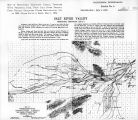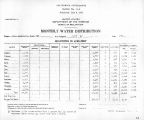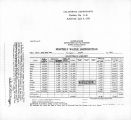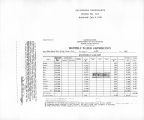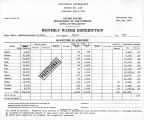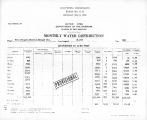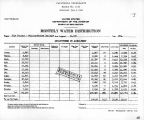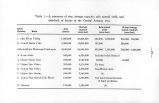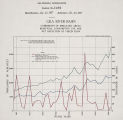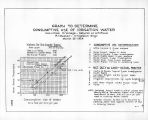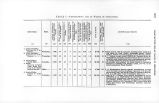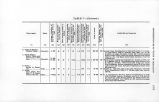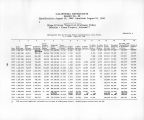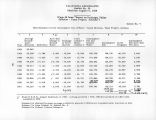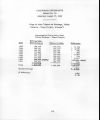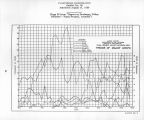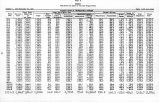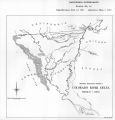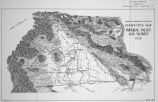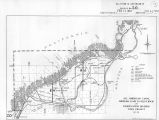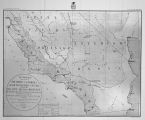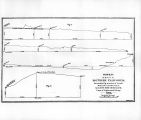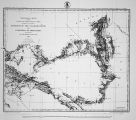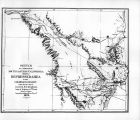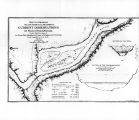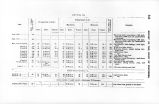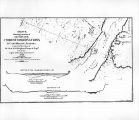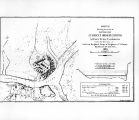| OCR Text |
Show deal of it sufficiently rich to export as a fertilizer. It is an erroneous idea to suppose that the basin is a deposit of alkalies, when in the basin proper there is hardly any of that commodity. On the eastern slope, it is true that there are portions of the country impregnated with alkalies, but not so much so but that mangel-wurzel, beets, date palm, sugar-cane, and tobacco could be grown in great abundance, as it is a well-known fact that those articles thrive better in Alkaline soils than in others. All plants require salts of some kind for their nourishment; they are continual absorbers. I am now speaking of the general character of the soil, and do not wish to be understood as inferring that there are not some patches on this immense tract that are no impregnated with alkali and sulphur, so as to make the existence of vegetable life an impossibility. I know that such is the case. But comparatively speaking, taking the whole into consideration, the alkaline patches alluded to would cut no figure. Having paid more attention to that portion of the Colorado Basin (during the last sixteen years) situated in Mexico south of the boundary line between the United States and Mexico, which is of a similar character as to formation and composition, I will give you the advantage of my experience, and knowledge, both in regard to its resources and proper mode of development and utilization, and which would apply equally to that part of the basin that exists in the United States, although, to a great extent equal in soil, it must be taken into consideration that circumstances have not admitted it to be clothed with the prolific growths of vegetation that is to be found on the Mexican side of the line, for the reasons that it has been debarred the privilege of receiving seed at the time of overflows, owing to the land a short distance south of the boundary line having become raised by the deposits |




































